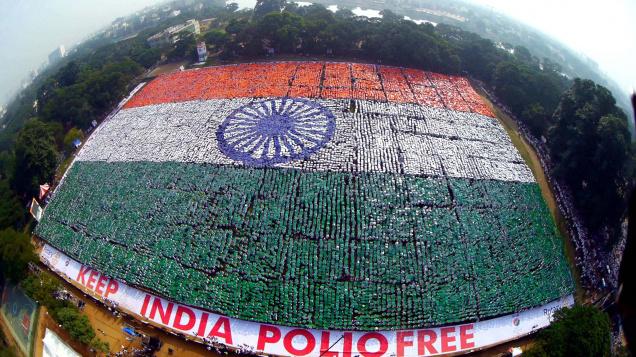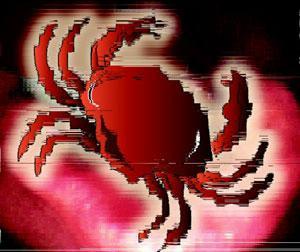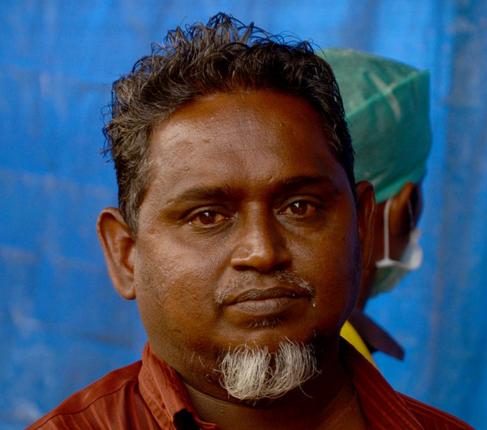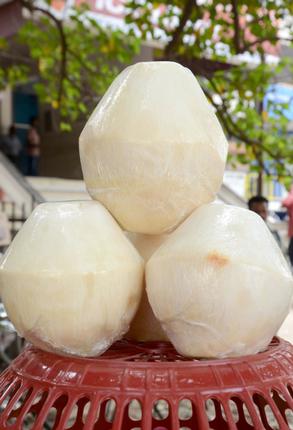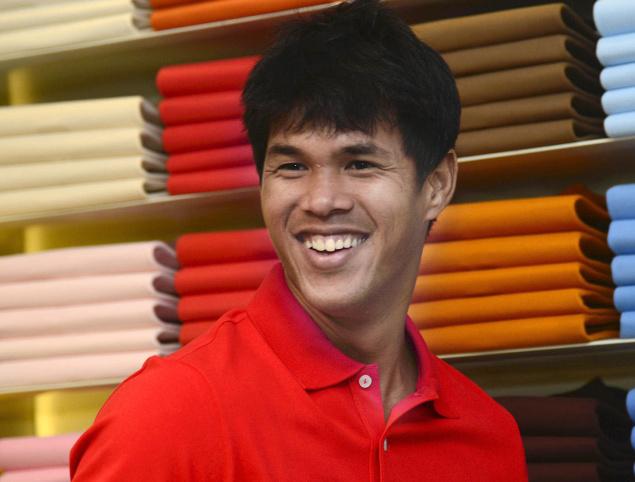
Somdev Devvarman tells about life on and off court
He’s a sportsman all right: tall, well built, with ripping muscles and ruffled hair. He’s briefly visiting the city he loves, the one he was raised and schooled in. At the Lacoste showroom at Express Avenue, those who recognise him scramble for an autograph or photograph, anything to prove that they’ve actually met him. For those who don’t, he gives no reason to suspect that he’s India’s No. 1 tennis player.
Somdev Devvarman, who started his sports career in the city two decades ago, betrays no sign of stardom. When he was 9, he was so energetic that his parents decided that a few hours of sport every evening would keep him out of trouble. Tennis was the natural choice, because there were two courts located conveniently close to where the Devvarmans lived in Nungambakkam. Little did they know that when Somdev got his hands on a racket, he’d fall so hopelessly in love with the game that he’d keep playing till he reached the finals of the Chennai Open, win gold at the Commonwealth Games and the Asian Games, play all four grand slams and continue after he received the Arjuna Award for his successes.
He’s played against some of the biggest names in the game, including Roger Federer, who he looked up to even before he started playing professionally. He confesses that the first time he played Federer, he stared at him in awe for a whole five minutes before he got himself together, ready to take him on. “When I first started out, I was a little star-struck with tennis players; that’s not so anymore. I’ve played against Nadal, Federer, Djokovic, and alongside Leander, Mahesh… I’m on tour now myself,” he says with a modest grin.
In 2002, he moved to the U.S. to pursue his dreams, while getting a degree in Sociology from the University of Virginia. “Tennis being an individual sport, you can often take a non-traditional route, and college tennis in the United States is played at a very high level,” he explains. He started playing professionally in the summer of 2008 and has since been travelling the world, playing the sport he loves for a living.
“I would shuttle between the room, courts and the airport, and that’s all I’d see of a city. For the lasy three or four years, I’ve been a lot more adventurous and I’ve started enjoying the cities I go to a lot more,” says Somdev.
He’s never in the same city for longer than two weeks, but he travels with a team he shares a strong camaraderie with, and is always accompanied by his fitness trainer and physiotherapist, so there’s no dearth of company.
His closest friends, however, the ones he takes the effort to keep in touch with through WhatsApp groups and the ones who fly out to see him play at tournaments, are those he grew up playing tennis with in Chennai. He spends about two months a year here, even though his parents have moved back to their hometown in Tripura, because he feels deeply connected to the city. It’s been almost 10 years since he left, so his Tamil is not as fluent as it used to be, but he says he can speak enough to haggle with an auto driver, an activity he finds rather fun. He’s quick to say that he definitely sees himself moving back to India at some time in the future.
He doesn’t make grand plans though, because he says they nearly never fall in place. “I just go with the flow,” he casually admits. At 29, he’s not sure how long he’s going to play the sport professionally. Having already overcome a shoulder injury which kept him away from the sport for most of 2012, he says it’s tough to see himself bouncing back should he suffer another one. “At this point I feel like, if things go well, I’d like to continue with it. If not, I’ll have to think of other options.” What those options will be, he’s yet to figure out. He has a lot to come home to though — close friends, a supportive family and the social initiative, Life Is A Ball, that he co-founded to educate disadvantaged children through sport. He also admits there’s a girl he’s been seeing for close to a year now. He blushes a little bit, deciding if he should reveal anymore when asked if she’s from Chennai. “I’d rather keep that information private,” he says decidedly. Neither of them is thinking about marriage at this point, but they are both happy with where things are.
He’s surprised, and struggles to come up with an answer when asked about the worst part of being a professional tennis player. “To be honest, I don’t have too many complaints about the job that I do. I’m very happy and blessed. I get to hit a little yellow tennis ball all around the world. I learn a lot, make many friends and have so many experiences. I think it’s any kid’s dream,” he says happily.
source: http://www.thehindu.com / The Hindu / Home> Features> MetroPlus / by Raveena Joseph / December 09th, 2014
